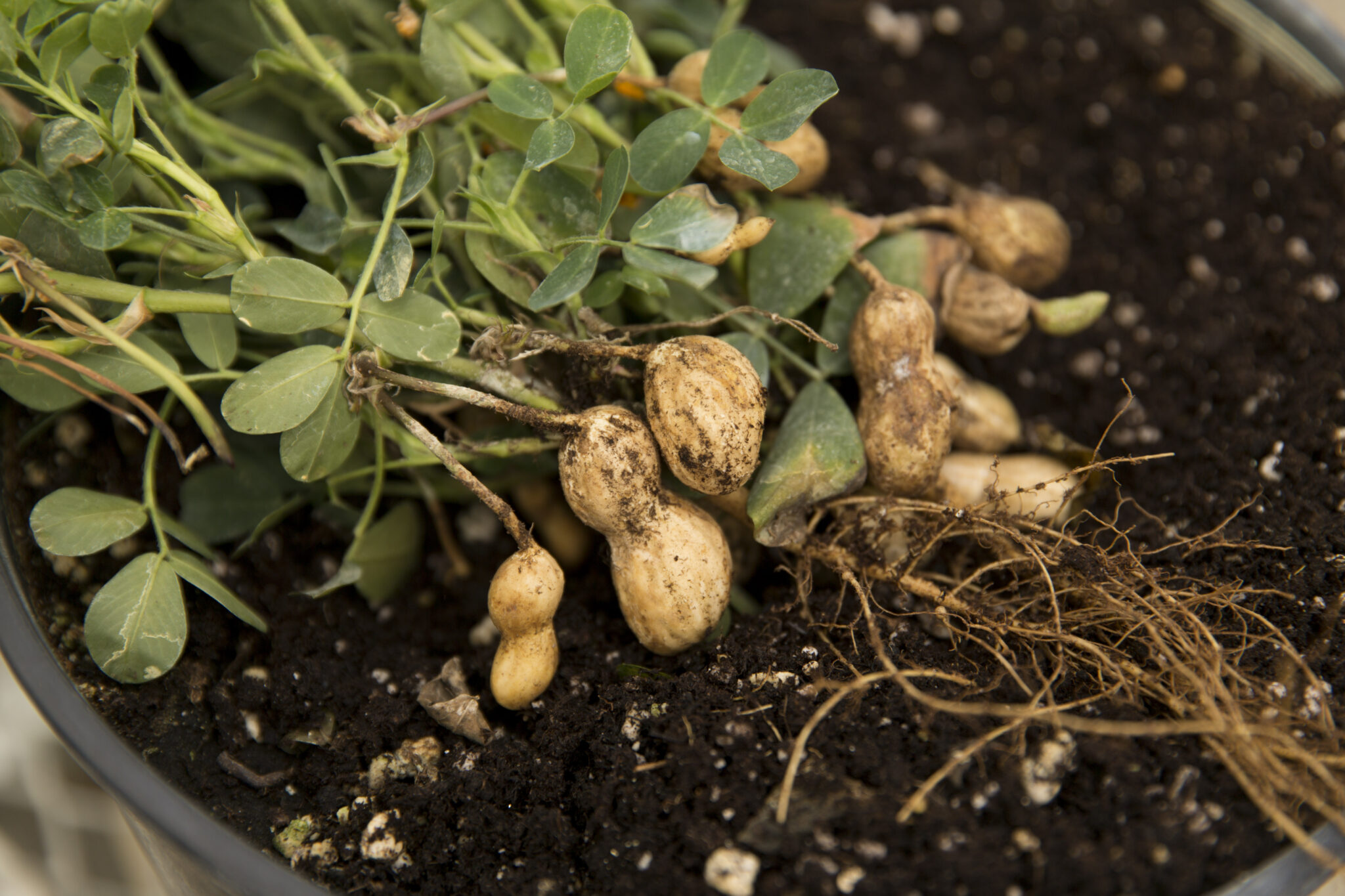By Brad Haire
University of Georgia
Like humans, fish and other aquatic life need oxygen to survive. They get it from dissolved oxygen (DO) in the water around them, said George Vellidis, an engineer with the UGA College of Agricultural and Environmental Sciences. DO is also essential for the breakdown of pollutants and organic matter in streams.
“If the DO level is too low in a stream or in some other water body,” he said, “the fish and aquatic life can become stressed or die.”
The standard
That’s why the Georgia Department of Natural Resources - Environmental Protection Division established a DO standard for Georgia’s streams. If a stream’s DO level drops below 4 milligrams per liter, the stream is considered in violation.The Clean Water Act of 1972 was enacted to control water quality problems like low DO levels in U.S. waters. Until recently, not much was done to address the problem in many parts of the country.
Environmental groups are now putting legal pressure on Georgia and other states to create and implement plans to fix DO- challenged streams, Vellidis said.
The data on DO levels in Georgia streams in many cases is not current. The most recent data for some streams in south Georgia is several years old. Environmental regulations based on this data could be wrong, Vellidis said.
Natural answers
He and a team of UGA and U.S. Department of Agriculture scientists on the UGA Tifton, Ga., campus discovered that DO levels in streams in south Georgia can rise or fall naturally below the current standard many times throughout a year. And fish are probably well adapted for the changes.DO levels for many streams drop during hot summer months or during times of low water flow like in times of drought, he said. These levels can also be affected by the amount of sunlight hitting the water or by excessive amounts of nutrients like farm fertilizers, he said.
(Nutrients encourage algal growth. Algae release oxygen into the water. But algae live a short time. When they die in large quantities, the microorganisms that decompose them use a lot of oxygen and quickly lower the DO level.)
Agricultural practices are often blamed for increased nutrient levels and low DO levels in streams and rivers. To bring problem streams into compliance, Vellidis said, some preliminary plans recommend reducing nutrient levels in streams and rivers by as much as 40 percent. This reduction would likely be expected to come primarily from agricultural sources.
This would be an economic blow for agricultural regions of Georgia and, possibly, an unnecessary step if it is natural at certain times of the year for a stream to be below the current DO standard, he said.
Agricultural fertilizers and chemicals probably do contribute to low DO levels, he said. But there are many other factors that must be considered.
Vellidis and the research team are undertaking an extensive DO level study in the Coastal Plain area of Georgia. They are setting up monitoring sites in the Ochlockonee, Suwannee, Satilla and St. Mary’s river basins to take samples and measure factors that contribute to DO levels. Georgia DNR-EPD is funding the three-year project.
State environmental policymakers can use this new data to make sound DO standards and avoid creating unnecessary, harmful policies.






